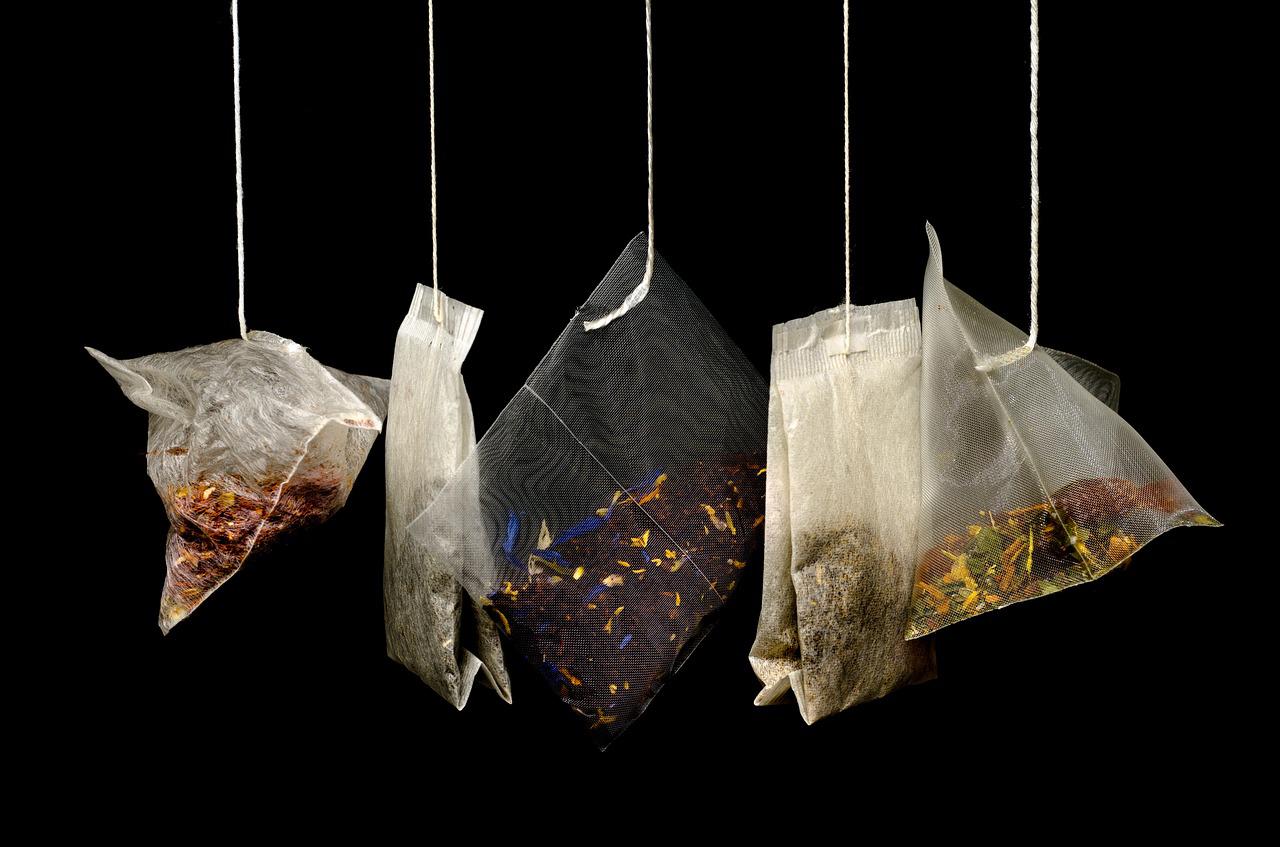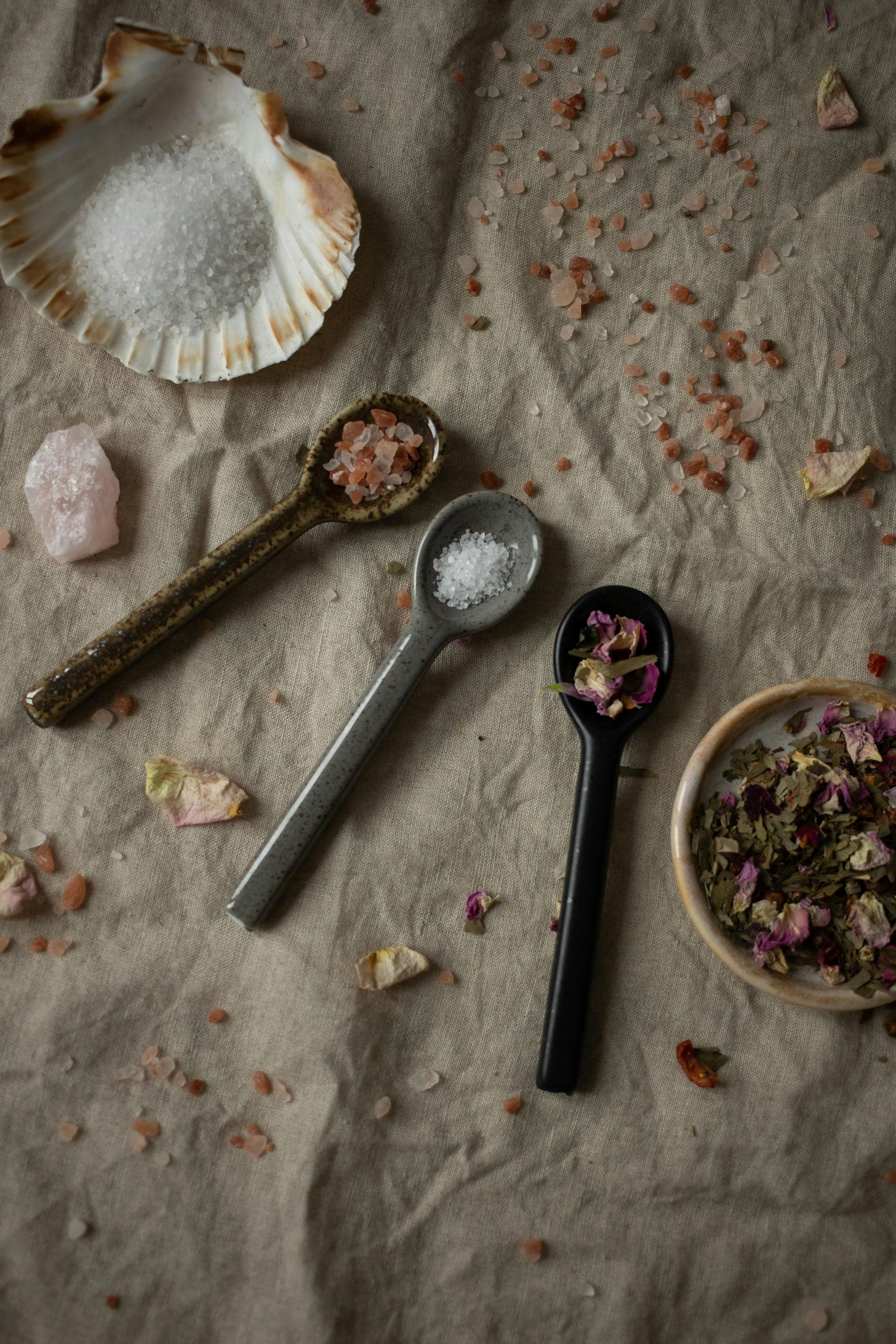
Blog

By Alison Birks
•
June 2, 2022
A Year of Wild Teas Enjoy foraging and harvesting these New England plants every month of the year! Using trees and invasive plant species for teas is a sustainable, do-it-yourself way of caring for your health and connecting to the earth. For more information on Plant Identification and Herbal Medicine Mentoring, contact me: Alison.Birks@gmail.com JANUARY:Eastern Hemlock Tree Needle Tea (Tsuga canadensis) 1 cup young, fresh Eastern Hemlock needles 4 cups boiling water Honey Lemon Strip hemlock needles from the stems and rinse well. Pour boiling water over the needles and steeped covered for 10 minutes. Strain and sweeten with honey and lemon. Hemlock needles supply some vitamin C and immune supportive phenolic compounds during the winter months. Serves 4 FEBRUARY: Black Birch Twig Tea (Betula lenta) 2 cups black or sweet birch twigs, snipped into ½ inch pieces 4 cups boiling water Sugar or honey to taste Snip black birch twigs into ½ inch pieces. Pour boiling water over the twigs and steep for 10 minutes. Strain and sweeten as desired. Birch bark tea is a traditional “blood purifier”, anti-inflammatory and immune supportive medicine. Black birch contains betulin, which has potent anti-cancer action. Serves 4 MARCH: Dandelion Root Tea (Taraxacum officinale) 1ounce chopped fresh roots 1 cup water Put chopped dandelion roots into a saucepan and cover with water. Bring to a boil, turn down the heat and place a cover on the pan. Simmer for 20 minutes. Strain and drink. Bitter dandelion root tea is a traditional gall bladder and liver remedy. It also stimulates gastric acid and can help with indigestion and GERD, when it is due to a lack of stomach acid or digestive enzyme function. Serves 2 APRIL: "Sassy" Sassafras Tea (Sassafras albidum) 1/3 cup sassafras roots 4 cups water Sugar or honey to taste Harvest sassafras root by pulling up a few young saplings and cut off their lateral roots. Scrub and chop the roots, place them in a large saucepan and cover with water. Bring to a boil, turn down the heat and place a cover on the pan. Simmer for 10 minutes or longer, until tea is a deep salmon-pink color. Strain. Sweeten as desired and serve hot or cold. Sassafras is a traditional “blood purifier” or alterative tea used to stimulate the natural detoxification processes in the body. MAY: Elder Flower Tea (Sambucus nigra or S. canadensis) 1 cup fresh elder flowers 2 cups water Juice of a lemon Honey to taste Harvest fresh elder flowers and remove any insects. Remove the stems and place florets in a teapot. Cover with just barely boiling water, cover and steep for at least 10 minutes. Strain out elder flowers, squeeze lemon into tea and sweeten to taste. Reheat if necessary. Elder flower is a potent remedy for fevers, congestion (especially in children) and is immune supportive. JUNE: Rugosa Rose-Ade (Rosa rugosa) 1 cup wild rugosa rose petals, washed 2 cups water 1 lemon, juiced ½ cup sugar or ¼ cup honey Harvest fresh rose petals and wash them if they are dirty. Clip off any white parts (these are bitter).Mix rose petals with water, lemon and sweetener in a blender. Blend until frothy and pink. Strain out bits of petals or leave them in, if desired. This tea is best iced. Serves 4 JULY: Sweet Fern Tea (Comptonia peregrina) 1 cup sweet fern leaves 2 cups water Honey Pour boiling water over the leaves and steep, covered for 10 minutes. Strain and sweeten with honey. Aromatic and stimulating, this tea is helpful for lung issues, diarrhea and headaches. AUGUST: Staghorn Sumac-Ade (Rhus typhina) 1 cup staghorn sumac berries 2 cups water Sugar to taste Put sumac berries and water into a blender and blend on high speed, until liquid turns pink. Strain out the berries through a cheesecloth to remove all bristles and hairs. Sweeten to taste and refrigerate before serving. Serve iced. Sour-tasting and astringent, this is a cooling drink during the hot summer months. The bristly fruits contain fruit acids which give it a lemonade-like flavor. Serves 4 SEPTEMBER: Hot Mulled Sumac “Cider” 4 cups sumac-ade (see recipe above) 4-5 whole cloves 1-2 cinnamon sticks ½ tsp whole allspice berries 2 tbsp. brown sugar 1 lemon Freshly grated nutmeg (optional) Prepare staghorn sumac-ade (see recipe for August). Put sumac-ade into a saucepan and add spices, sugar, juice of one lemon and some of the lemon peel. Heat on low heat for 20 minutes. Do not boil! Serve with grated nutmeg on top (optional). Serves 4 OCTOBER: Autumn Olive Berry Tea (Elaeagnus umbellata) 2 tbsp. fresh autumn olive berries 1 cup water Brown sugar to taste In a mortar and pestle, crush the autumn olive berries lightly, and place into a saucepan. Cover with water and bring to a boil. Cover the pan and reduce heat to a simmer. Simmer for 20 minutes, strain and sweeten to taste. Loaded with carotenoids, this fruit should be more widely consumed, as it is a local invasive species. NOVEMBER: Burdock Broth (Arctium lappa) ¼ cup burdock roots, scrubbed and grated 1 pint water Pinch ginger powder 2-3 cloves garlic, crushed Dash tamari or coconut aminos Dash cayenne pepper Harvest, clean and grate burdock roots. Place roots into a saucepan, cover with water and bring to a boil. Cover and simmer for 30 minutes. Strain. Add ginger, garlic, tamari and cayenne pepper and drink hot. Detoxifying and strengthening, burdock root is a traditional remedy for skin ailments and many chronic illnesses. Serves 4 DECEMBER: Wintergreen Tea (Gaultheria procumbens) 1/2 cup fresh wintergreen leaves 1 quart water 4 tsp honey Crush the leaves well. Pour boiling water over the leaves and steep covered for at least 5 minutes. Sweeten with honey and serve. Wintergreen or teaberry contains salicylates- natural anti-inflammatory, analgesic compounds. Serves 4













